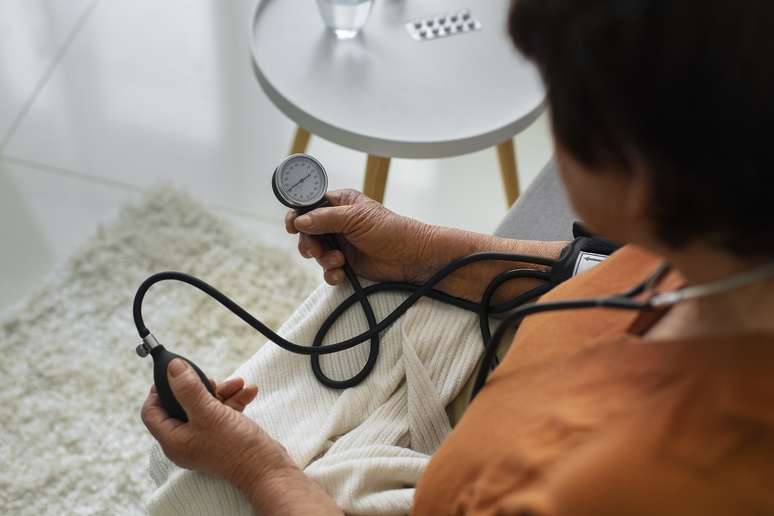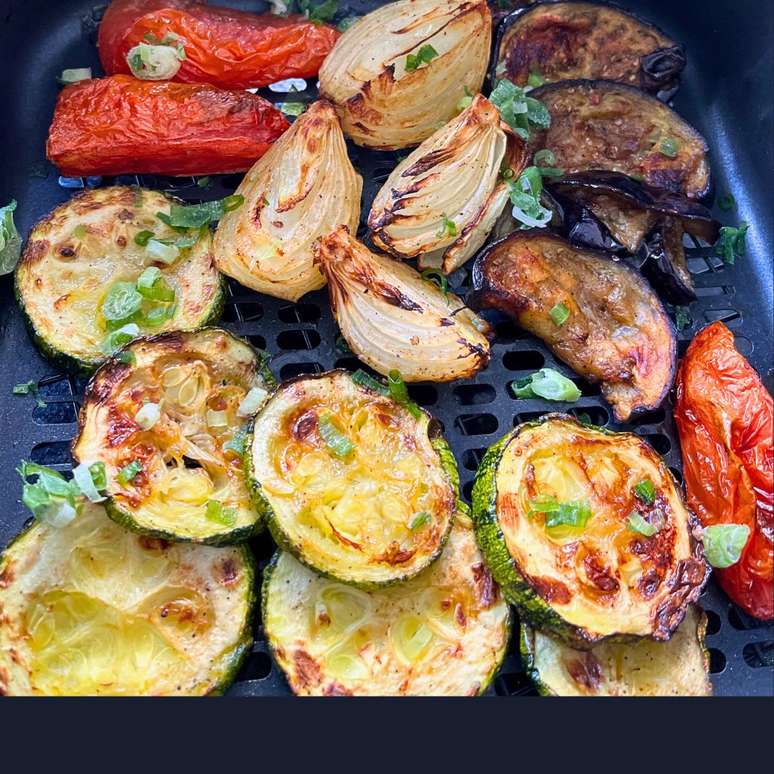Changes in the European Society of Cardiology guidelines reinforce the importance of paying particular attention to blood pressure control. Who has never felt reassured when measuring their blood pressure and seeing that the result was 120 x 80 mmHg, popularly known as 12×8? These numbers have always represented the certainty of health […]
Changes to the European Society of Cardiology guidelines reinforces the importance of paying particular attention to blood pressure controlthe
Who has never felt reassured by measuring their blood pressure and seeing that the result was 120 x 80 mmHg, popularly known as 12×8? These numbers have always represented an assurance that your health has moved with the times, however, with changes in the European Society of Cardiology guidelines on what is classified as hypertension, this has now changed!
New studies, new rules
For a long time, blood pressure between 120 and 80 mmHg was considered normal. But now things have changed with the new guidelines from the European Society of Cardiology. In other words, a blood pressure between 12 in 7 and 13 in 8 is already considered high.
Numbers exceeding 14 to 9, in turn, qualify as hypertension. “Hypertension, more commonly called arterial hypertension, is the most widespread chronic condition in the world,” explains Deborah Beranger, endocrinologist with specialization in Endocrinology and Metabology at the Santa Casa de Misericórdia do Rio de Janeiro (SCMRJ). According to her, hypertension is a major risk factor for heart disease. “It affects one billion people and is responsible for one in eight deaths each year.”
Today more than ever it is necessary to pay particular attention when controlling blood pressure.
Salt: the enemy of high blood pressure
According to Marcella Garcez, nutritionist and director of the Brazilian Association of Nutrology, the first dietary guideline, when it comes to controlling blood pressure, is to reduce salt intake and foods that contain high concentrations of sodium. “Sodium, present in salt, is a micronutrient that controls kidney function, blood pressure and nerve impulses,” he indicates.
And it reinforces the harmful effects of salt. “It is proven that an excess of this micronutrient can alter blood pressure and other body functions, leading to the development of hypertension, cardiovascular disease and even death,” warns the expert. The World Health Organization (WHO) recommends that salt consumption should not exceed 5 grams per day, which is equivalent to approximately 2 grams of sodium.
“Removing the salt shaker from the table and reducing the consumption of fast food and processed, canned and processed products are fundamental measures to control high blood pressure,” adds the nutritionist.
Eat well and avoid high blood pressure
A heart-healthy diet and blood pressure control go far beyond reducing sodium intake. “Consuming antioxidant foods, high in fiber and rich in hypotensive bioactive compounds, can help reduce blood pressure levels,” says Garcez. It mainly highlights potassium as a great ally against hypertension.
“Potassium helps balance sodium levels in the body, as it helps the kidneys excrete excess of this micronutrient through urine. In addition, it also promotes relaxation of the walls of blood vessels, improving blood flow and helping to reduce blood pressure in the arteries, “says the doctor.
Therefore, to control blood pressure, the nutritionist recommends eating foods low in sodium and rich in potassium, magnesium and fiber. “Banana, avocado, orange, sweet potato, and spinach are examples of foods rich in potassium, so they help balance the effects of sodium,” she says.
Potassium is also present in legumes, such as beans and peas, which also contain fiber, as well as whole grains, thus helping to maintain healthy blood pressure levels. “Magnesium is found in oil seeds such as walnuts, almonds and flaxseeds,” the doctor points out.
Garcez recommends consuming fatty marine fish, including sardines and salmon, which, because they are rich in omega-3s, help relax blood vessels. “And garlic and onion also contain bioactive compounds that help dilate blood vessels,” he adds.
The right diet for high blood pressure
There is a diet designed specifically to prevent and treat hypertension: the DASH diet, which focuses on vegetables, fruits, whole grains, low-fat dairy products and lean proteins, while discouraging the consumption of foods with saturated fats and trans.
Research has shown that people following the DASH diet can reduce their blood pressure by a few points in just two weeks. “Over time, your systolic blood pressure (the top number in your blood pressure reading) can drop by 8 to 14 points, which significantly reduces your risk of cardiovascular disease. The positive health effects can be even greater if your DASH is combined with a low-sodium diet,” explains Beranger.
Food: the medicine on the plate
The effects of food are greater in people with hypertension or higher blood pressure at baseline, which is comparable to antihypertensive medications. “The study findings reinforce that dietary interventions may be useful as antihypertensive medications in people at increased risk of hypertension. Therefore, it should be a routine first-line treatment option for such individuals,” he adds.
Evidence has also shown that the DASH diet is also very effective in reducing blood cholesterol. “The greater consumption of fibre, coming from fruit and vegetables, and the reduction in the consumption of saturated fats explain the benefits of the diet in reducing blood cholesterol”, explains the endocrinologist. Naturally, a personalized diet, therefore, with medical and nutritional monitoring is always the best solution. “We have clear evidence that putting this type of dietary pattern into practice brings benefits to patients suffering from metabolic syndrome, including, in addition to hypertension, obesity, insulin resistance and altered levels of cholesterol and triglycerides in the blood”, concludes Beranger.
Source: Terra
Ben Stock is a lifestyle journalist and author at Gossipify. He writes about topics such as health, wellness, travel, food and home decor. He provides practical advice and inspiration to improve well-being, keeps readers up to date with latest lifestyle news and trends, known for his engaging writing style, in-depth analysis and unique perspectives.









